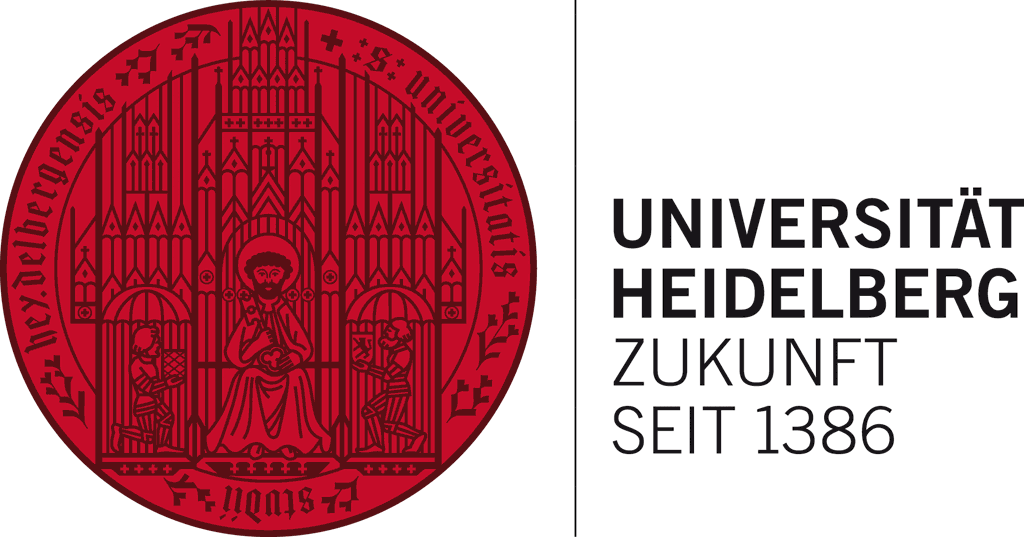TTU 05.820
"Hepatitis B Cure"
Short Summary
Available therapies for chronic hepatitis B (CHB) do not target the nuclear persistence form of the hepatitis B virus (HBV), the cccDNA, and therefore do not result in virus elimination. Despite the availability of a prophylactic vaccine and of treatments with nucleos(t)ide analogues efficiently suppressing HBV replication, the cancer risk associated with CHB remains significant. Our central hypothesis is that for a finite, curative therapy, both the reduction of HBV infection and a stimulation of HBV-specific immune cell responses will be needed. Our aim is to contribute to (i) the development of novel therapeutic approaches that allow a functional cure, (ii) the definition of clinical endpoints and (iii) to the development of biomarkers. For this, we cooperate with international partners from academia and industry. PIs of the TTU Hepatitis developed or co-developed a series of innovative cell lines and mouse models that allow antiviral drug screening and preclinical evaluation of new therapeutic approaches and take an internationally leading position in the respect. Taking advantage of these systems and of the availability of a large, German-wide patient cohort being established within the DZIF, the project “Hepatitis B Cure” focuses on the development of immune based therapies for CHB complemented by the mode-of-action analysis of candidate antivirals that reduce viremia and viral antigen levels. Antivirals as well as siRNA therapies will help to restore antiviral immunity and support immune-based therapies we are developing.
Highlights
- Successful identification of three novel substances from a 100 k drug screening approach that inhibit replication of HBV
- Identification and characterisation of a novel rodent hepadnavirus




